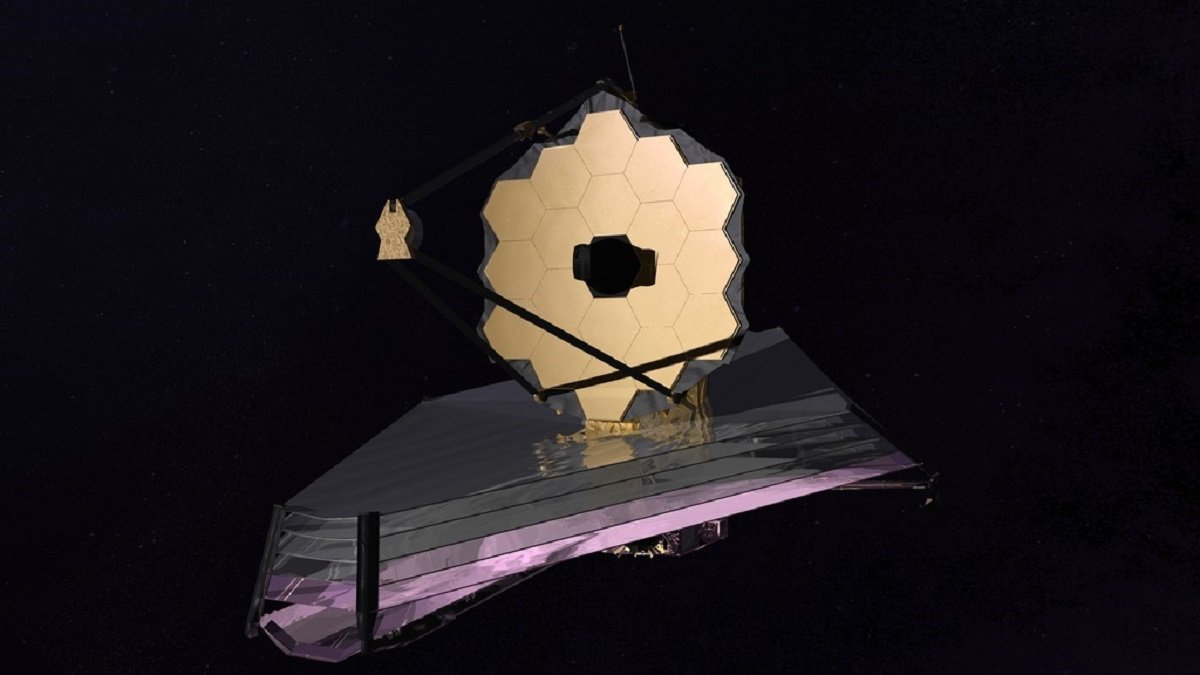NASA has explained why there is no real live footage of the James Webb Space Telescope from space as it continues to deploy its mirrors and other equipment.
The new telescope is currently gliding through space at over 900 miles per hour as it approaches its desired orbit around the sun.
At certain points in its journey NASA has published live footage from mission control as the telescope goes through the intricate process of unfolding its various components including mirror segments and its heat shield.
But while the live NASA videos provide an animated illustration of the telescope's current state, they do not provide actual live footage from the telescope—prompting people to ask why the space agency didn't put a camera on Webb in the first place.
"We've been hearing you loud and clear: Why doesn't Webb have cameras for its journey to #UnfoldTheUniverse?" NASA's Webb Telescope Twitter account wrote on Thursday afternoon.
We've been hearing you loud and clear: Why doesn't Webb have cameras for its journey to #UnfoldTheUniverse? It sounds like a no-brainer, but there's more to it than meets the lens. Thread ⬇️ pic.twitter.com/CrurG7OZgW
— NASA Webb Telescope (@NASAWebb) January 6, 2022
In a blog post that same day the space agency explained why it did not put cameras on James Webb so that viewers could see its unfolding process in action, even though it "sounds like a no-brainer."
After all, rockets such as SpaceX's Falcon 9 models frequently beam back footage from space as they deploy satellites or other spacecraft into orbit, while NASA's Perseverance rover has taken thousands of photos from the surface of Mars.
"It's not as straightforward as adding a doorbell cam or even a rocket cam," said Paul Geithner, a deputy project manager for the Webb telescope at NASA's Goddard Space Flight Center, according to the blog post.
One of the most obvious reasons is lighting. Webb is currently experiencing extreme contrasts of light, with one side subject to extreme glare from the sun and the other facing the sheer blackness of space. Both of these would pose contrast issues for on-board cameras.
Another reason is the risk of the cameras causing unnecessary interference. The telescope is incredibly sensitive and parts of it are currently moving around. If engineers attached wiring harnesses to Webb in order to hold the cameras in place, they would cross moving parts of the telescope and run the risk of leaking heat or causing vibrations.
For example, the infrared light detectors in most of Webb's instruments need to be at temperatures of around -387 degrees Fahrenheit to work properly. Any transfer of heat through, say camera wires, could be an issue.
Even if engineers managed to overcome these challenges, the fact is that the cameras would be pretty useless for monitoring Webb's deployment from a scientific perspective.
Teams actually did try adding deployment cameras to full-scale mock-up of Webb hardware at one point, but they found that the telescope's built-in sensors provided much better information on its status than cameras could, according to NASA's blog post.
In short, while it would have been interesting to see footage from the surface of Webb, an on-board camera would have caused some engineering headaches.
NASA currently provides data on Webb's status including temperature, speed, distance and deployment stage via the Where is Webb? online tool.

Uncommon Knowledge
Newsweek is committed to challenging conventional wisdom and finding connections in the search for common ground.
Newsweek is committed to challenging conventional wisdom and finding connections in the search for common ground.
About the writer
To read how Newsweek uses AI as a newsroom tool, Click here.








